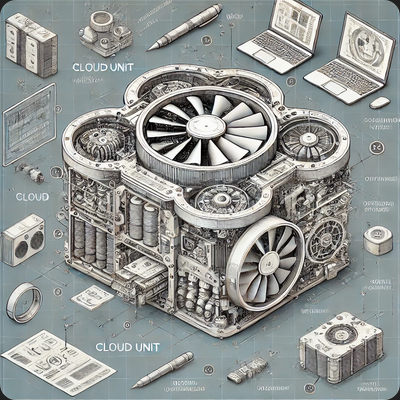Cloud Unit Solutions

Above the ground If you need temporary high-performance computing, the Cloud Unit can be placed anywhere. It can be operational within minutes.

In the ground - Ideal for situations where continuous heat is required year-round. Placing the Cloud Unit into the ground makes it more efficient and secure. Ideal for offices, residential housing, industrial processes, swimming pool or aquatic ponds or laundry facilities.

















